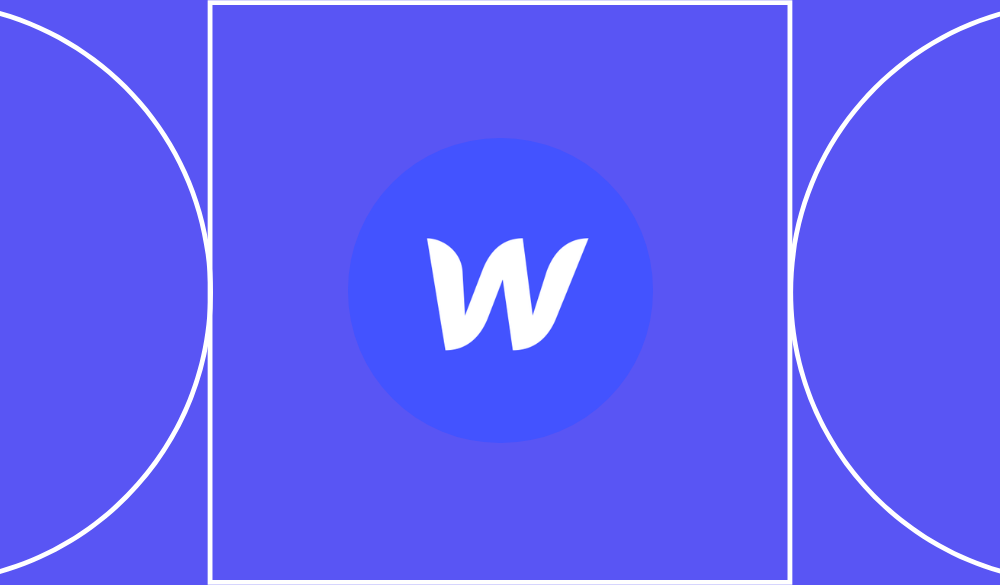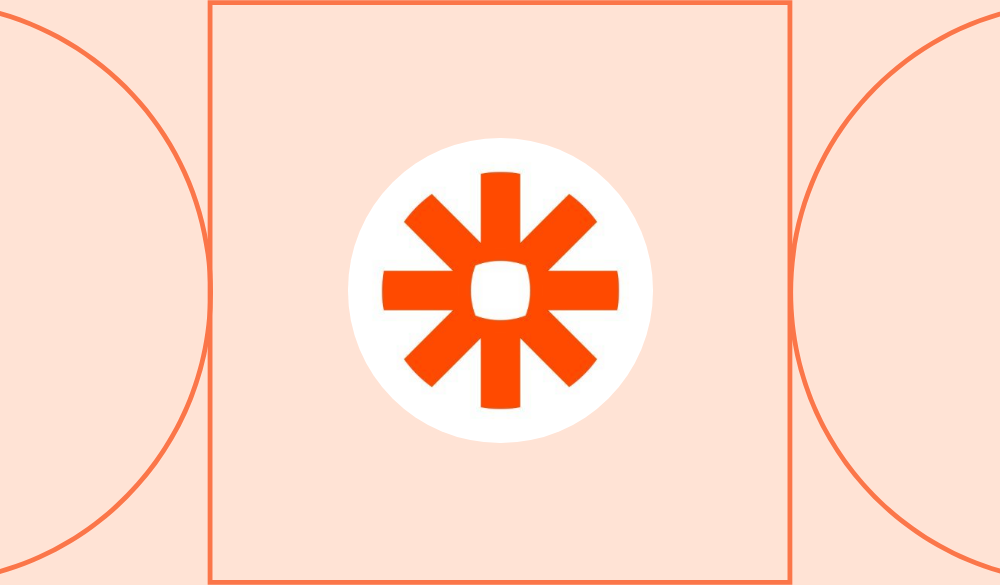What can no-code do?
We reveal all the mysteries of the no-code universe. What it can do, who it's for, and what its limitations are.
Table of Contents
Okay, you’ve (hopefully) got a rough idea of what no-code refers to, and maybe even the basics of how it works. But if you’re going to make full use of its capabilities you’ll need to get to grips with what it can actually do – and how far you can go with it.
Whether you’re working for an organisation looking to improve the way you operate, or you’re an individual creator seeking to start your own project, no-code tools are a game-changer. You can build your own mobile app, create newsletters, build a marketplace, create customer support tools, make websites, start an online community, build databases, automate processes… Yep, a lot. Broadly it’s helpful to think of it in three different ways.
1. Creating a bespoke “CRUD” app for your business.
No-code tools are pretty good for building simple applications (on mobile, web or whatever other devices you happen to be using) where you have a specific function in mind. That function can be typically broken down into one of the following: creating a new piece of data, updating an existing piece of data, reading (displaying) an existing piece of data or deleting a piece of data – aka, CRUD.
Think: a specific place for communicating with your customers, an app for selling directly online, or a platform for managing your inventory.
2. Add capabilities to, and connections between, software tools you’re already using.
Especially useful for businesses, no-code tools have the ability to connect several apps and platforms and make life a whole lot easier through something called automations. That’s where routine, complicated or painful tasks are set up to happen automatically.
Think: a monthly report sent to your inbox which is automatically generated from the tools you use to run your business, an automation that performs monthly book-keeping tasks or a membership system for your existing website.
3. Create full-scale products.
This might be a little challenging for a newcomer, but no-code tools can create pretty complex, commercial-grade products if you really know your way around them. The kind of products you use on your phone or laptop today.
Think: a fully-featured mobile app like Uber, a complex booking platform like AirBnB, or a multi-sided delivery platform like DoorDash.

No-code for organisations
No matter what line of business you’re in, there’s a pretty good chance that no-code tools can help. That ranges from improving how things happen internally, like automating certain tasks, to creating prototypes, or seriously levelling up the way manage your customer relationships.
- Prototype products. One of the key benefits of using no-code tools for businesses and creators alike is the ability to make rough, simple versions of digital products to see what works and what doesn’t, and quickly land on your minimum viable product (MVP). You can quickly put together working prototypes on no-code tools like Figma, Bravo Studio, Glide + Adalo. It’ll save you a lot of time and money – indeed, many established businesses test and validate ideas using no-code tools, before going on to build their own proprietary software with developers once they’re happy with their prototype.
- Make use of widely-adopted functions. You probably already use some no-code tools. There are some things that are essential to pretty much every business – think, sending emails or processing payments – that no-code tools are actually great for because those services have become so commoditised. Email, for example, is a pretty advanced function that there are several excellent no-code tools for, like ConvertKit and MailChimp.
- Automate your data and spreadsheets. If your business uses spreadsheets and databases in some capacity – whether that’s storing customer data or tracking sales – you can make managing, updating and syncing them really easy. No-code allows you to create automations between tools and platforms that remove the need to manually update and action tasks.
- Create useful customer management tools. There are no-code tools that let you create a unique customer support function for your business – managing every step of the process. Then there’s the ability to create customer portals, so customers can log in to access their individual interactions with your company. You can also create customer-facing tools like order creation forms or payment gateways (how you receive and process orders from customers).
- Improving your financial processes. When it comes to the financial side of running a business, there are plenty of processes that no-code tools can make a lot easier. Using a tool like Zapier allows you to do things like sync all your clients and payments in one place; track expenses; create quotes or estimates and generate contracts.
- Inventory management. Handling elements like stock levels and the various components of your supply chain are crucial for many businesses, particularly if you have a unique supply chain. No-code tools like Stacker or Internal allow you to easily create an inventory management system specific to your business.

Top tip: a framework to follow
No-code is essentially a form of software development, and a basic understanding of how it works is helpful if you want to get building. If you don’t consider yourself technically savvy, the mere mention of the word software might have you recoiling in fear/confusion/bemusement and thinking this might not be for you. But when you really break it down, most no-code software is actually doing one of four things to data: it’s creating it, reading it, updating it or deleting it. Aka: CRUD. Most business applications fall into the CRUD world in some form or another.
Example: Let’s say your no-code software is set up around an invoicing system and how much that’s being spent. The main functions will be adding new invoices (creating data); showing someone’s expenses in some form of spreadsheet (reading data), changing expenses into different categories (updating data); and getting rid of invoices (deleting data).
No-code for creators
If you’re not part of a wider organisation but looking to build your own thing, having some handy no-code tools in your toolbox can help you grow quickly and free up capacity for you to focus on other priorities. Along with some of the examples listed above, here are a few more ways it can help.
- Build an online presence. Chances are, you’ll probably want to have a slick and professional home online where you can show what you’re about. No-code tools are pretty good for that, whether it’s a fully functional website you’re after (think, Webflow or Squarespace) or just a simple landing page to collect email addresses and show off your brand (like Carrd).
- Monetise what you do. Many creators base their entire business model around using no-code tools to take care of certain elements of their business. That can range from platforms that supply all the infrastructure (like the newsletter platform Substack), to creating membership tiers on your website (via a tool like MemberStack), to receiving cash (a tool like BuyMeACoffee).
- Create an app or website. As mentioned, if you’re aiming to create your own app or website with the purpose of showcasing your business and selling something, no-code has you covered. Tools like Adalo and Bubble are flexible and intuitive platforms to get you moving quickly.
- Creating content. No-code isn’t just about coding tasks – there are several content creation tasks that are also handled by some excellent no-code tools. Designers can use Figma to bring their ideas to life, video editors can use Descript to create content, and productivity nuts can leave Evernote and Microsoft Office behind and use platforms like Notion.

No-code’s limitations
You’ve hopefully wrapped your head around what no-code can do. Well, it's time to touch base on the limitations and grey areas to no-code that you need to be aware of.
- It's pretty hard to create super complex apps. You can create simple apps – but those that are more complex in terms of their functionality are pretty difficult to build using no-code tools. For example, Uber would be very difficult to recreate. Though it does some simple functions (creating a rider request or updating driver data), it also uses GPS, takes payments, and offers numerous languages. Those layers of complexity make it hard to build with the no-code tools out there and we wouldn’t recommend it.
- No-code tools struggle with huge volumes of data. There’s plenty that no-code tools can do with your data, but there are limits on how much data they can handle. For example, if you had 100 million data points, you’d probably need to create something that’s more scalable and can make use of data-science techniques – only a small number of niche no-code tools are built for that.
- Live streaming is a challenge. Platforms that use live streaming, like Twitch and Youtube, are pretty hard to do using no-code tools. You basically need to be a coder to bring that level of complexity into it.
- As are introducing highly specialised functions. If you’re hoping to use no-code to be super innovative and embrace cutting-edge technologies, you might need to think again. 3D modelling, virtual reality, augmented reality and video games are all largely beyond the capabilities of no-code, as is machine learning.
- Audio production is quite limited. It is possible to play audio on no-code tools, but the space is pretty limited and the functionality of actually producing audio is not something that the no-code tools out there right now can handle.
- No-code tools aren't a great fit for creating hardware and the ‘internet of things’. If you want to create physical objects that connect and exchange data with other devices and systems, no-code tools are not a good fit as there aren’t many reliable tools in the space. There are, though, platforms that can connect existing IoT devices, like IFTTT.
- Highly-secure purposes. Thinking of starting a new bank? Or delving into the healthcare sector? The level of control over data, and data privacy concerns, you’ll likely need isn’t going to be provided by no-code tools, with few tools out there providing coverage of regulations like HIPPA and GDPR at the time of writing.
So there you have it, a succinct summary of the power of no-code tools. With that knowledge, it's probably about time you found the solution to supercharge your business or project.


Similar Tutorials
Want to read
more articles
like these?
Become a NoCode Member and get access to our community, discounts and - of course - our latest articles delivered straight to your inbox twice a month!













